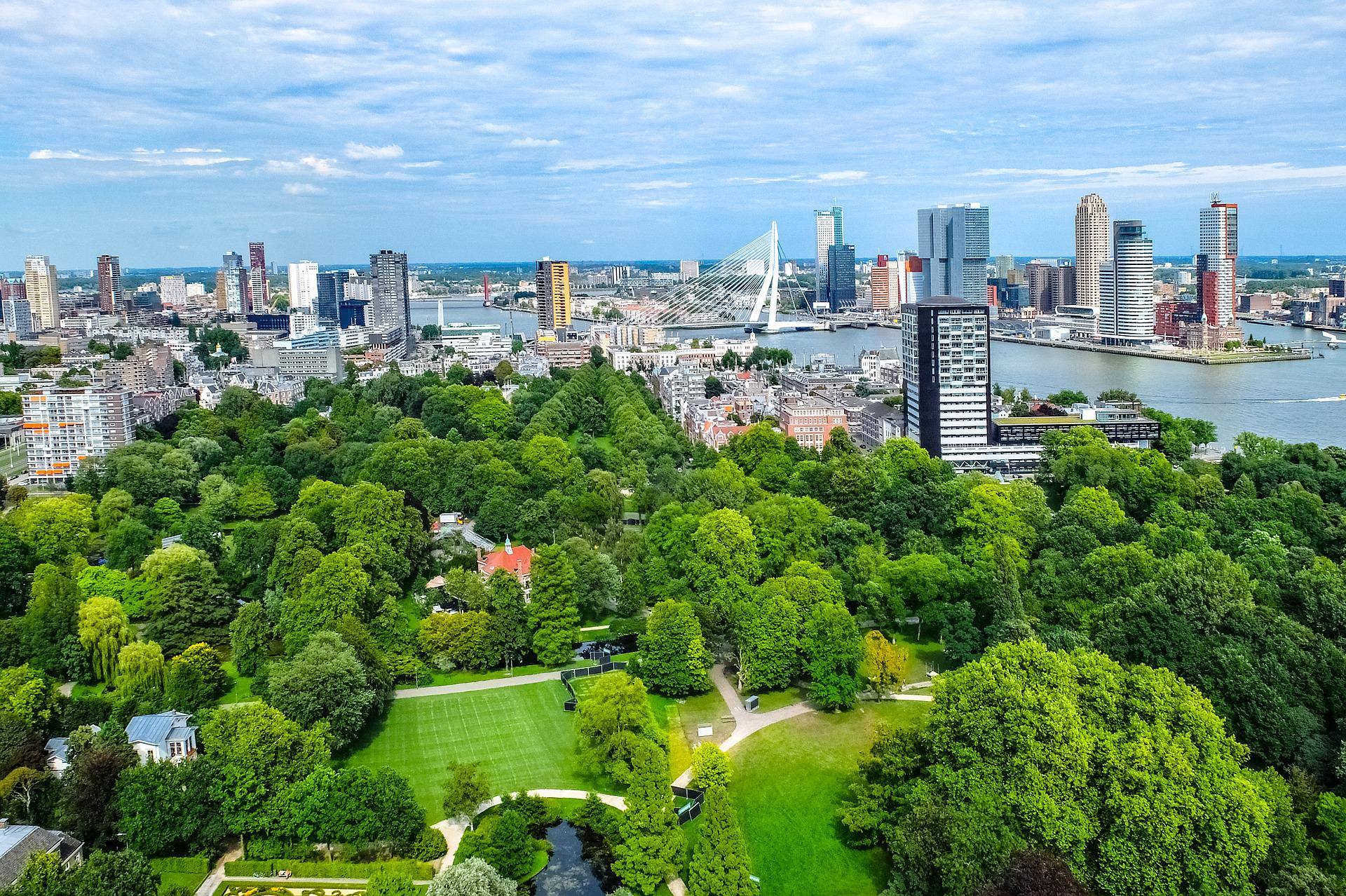
IESE Insight
Boosting Sustainable Growth via the World's Cities
Cities form the backbone of the global economy. At the same time, urban concentrations present their own challenges — including increasing inequality and stressed resources. The book Cities and the Economy, part of the "IESE Cities in Motion: International Urban Best Practices" series, aims to arm leaders with smart ideas for sustainable, economic development at the local level.
Cities are growing faster than ever before. It's no wonder: diverse, dynamic communities foster creativity and innovation, while concentrations of people, companies and resources offer significant economic advantages — including more job opportunities, income and wellbeing. Cities today are the indisputable drivers of both national and international economies, generating roughly 80 percent of world GDP.
Not all is rosy, however. Rising urban populations present numerous challenges — from increased pollution and strained infrastructure to higher socioeconomic inequality, with extremes of wealth and poverty. In emerging economies, where growth is especially intense, some cities have yet to ensure even basic housing and sanitation. In today's age of increasing protectionism, it may fall to the world's urban leaders to reinforce cities' role as global drivers of economic growth and job creation.
But what can city leaders do? A lot, it turns out: by choosing smart, sustainable policies, they can encourage business, create jobs, optimize resources, and offer great potential for wealth creation and higher standards of living at the local level.
As for what the right policies are, Cities and the Economy aims to point the way. The latest in the "IESE Cities in Motion: International Urban Best Practices" series — by professors Pascual Berrone and Joan Enric Ricart and researcher Ana Isabel Duch T-Figueras — the book advises leaders to adopt a "sustainable smart growth" approach that balances economic development, social progress and environmental issues "in the most ecological and equitable way possible." To this end, it reviews the main trends and challenges of urban economic development, highlights international best practices and compiles notable success stories.
Four Levers for Sustainable Economic Development
The IESE Cities in Motion book series identifies technology, public policy, consumer behavior and infrastructure design as the four main levers of change that allow cities to decisively transform the ways they function and grow.
1. New applied technologies and innovations are changing how businesses operate, generating new business models and even entirely new sectors. Digital platforms, big data and the Internet of Things (IoT) are three important tools for local economies. Notably, it is estimated that the app economy contributed almost two million jobs in the EU in 2015, many of those in city centers.
Blending innovation with urban planning (another lever, described below), Boston's Innovation District dedicated 1,000 acres of land to promote collaboration and entrepreneurship back in 2010. The "industry-agnostic" district had attracted over 200 startups by the summer of 2015 — the highest concentration in the U.S. — thus creating over 5,000 jobs and attracting venture capital investments second only to those of the San Francisco Bay Area.
2. Policies, legislations and regulations: Without delving into statewide economic policy, city leaders can take actions to boost an urban area's competitiveness and enhance its business environment — including developing regulations that facilitate doing business, entrepreneurship, innovation, clustering and creativity.
One simple step towards a better business climate is cutting red tape. One-stop shopping for business permits — eliminating wasteful and sometimes Kafkaesque bureaucracy — can facilitate formalized entrepreneurship and spur employment. When experts in the Rwandan capital of Kigali identified a lack of coordination regarding construction permits as a significant obstacle to doing business, they established a "one-stop shop" and an electronic platform to reduce administrative friction; processing times fell from 125 days to just 30, on average.
3. Change in people's behavior and preferences: People, especially those from younger generations, are looking for different ways of consuming and participating in the economy. This shift in preferences is paving the way for new economic models, such as the "green," "circular" and "sharing" economies.
Some collaborative business models have raised concerns about precarious working conditions and the unregulated provision of services that must be urgently addressed. However, Seoul, South Korea offers a positive example with the public good in mind. In 2012, the Asian capital initiated the "Sharing City Seoul" project, addressing transportation, residential and environmental issues through sharing initiatives. The city estimates that the upcoming second round of sharing projects will create over 1,000 new jobs, reduce CO2 emissions by nearly 30,000 tons, and create considerable savings for citizens and for the city.
4. Infrastructure and urban planning must match city growth for economic advances to be sustainable. Suboptimal resource allocation and inefficient management not only hinder growth, but further segregation and poverty. Today, a full third of developing countries' urban populations lives in slum conditions. To counter this, cities must offer both "physical" and "soft" urban services — from infrastructure, transportation and waste management to healthcare, education and connectivity. The latter is especially important in countries where the high cost of communication services is a barrier to business. Cities such as Lagos, Nigeria and Bangalore, India, for example, are helping create business opportunities with internet access throughout the city. These so-called "technology hubs" are becoming magnets for entrepreneurs and innovators, offering access to today's hyper-connected markets.
While there is no standard formula for economic development, cities can take inspiration from the many global initiatives that are working well. By assessing their unique position, and identifying and exploiting their particular competitive advantages, urban centers can address the inequality and poverty that continue to plague them worldwide while catalyzing sustainable economic growth.
